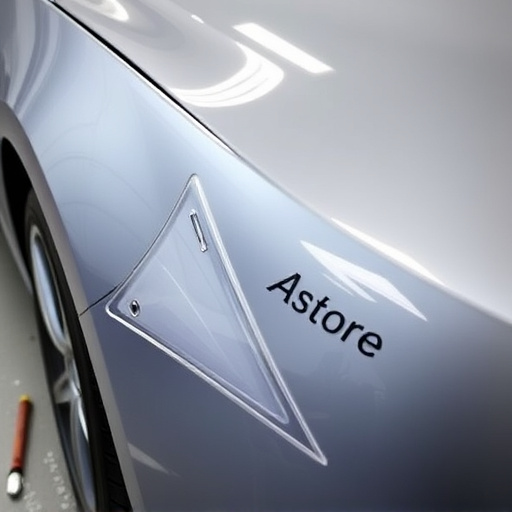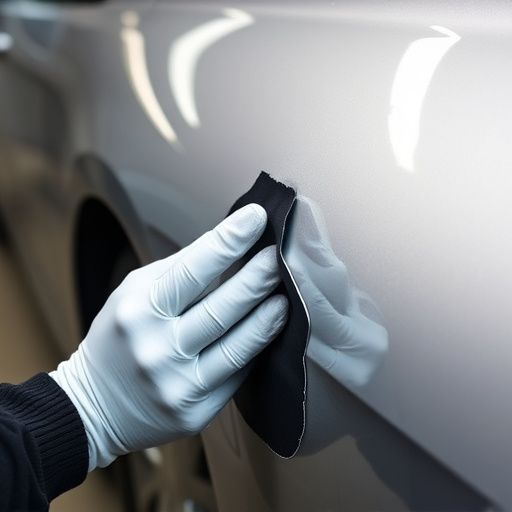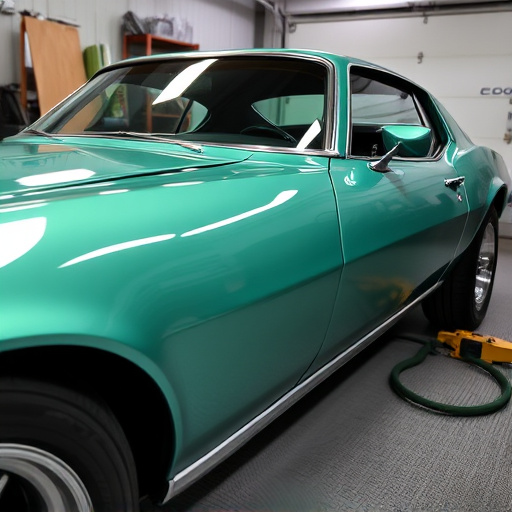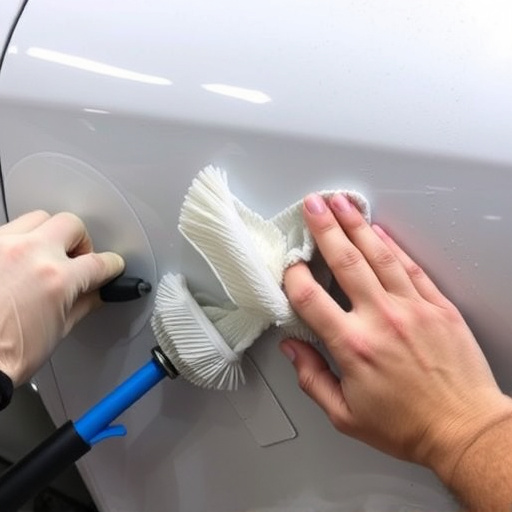Collision centers can optimize operations and enhance service quality by leveraging warranty data to identify patterns in claims, target common vehicle repairs, manage resources efficiently, and improve customer satisfaction through tracking key metrics like feedback ratings and turnaround times. Effective use of warranty data involves robust data management, analytics culture, regular performance reviews, and inter-departmental communication. This strategic approach ensures collision centers stay competitive in the auto repair industry.
In today’s competitive automotive industry, collision centers must strive for excellence in service quality. Utilizing warranty data offers a powerful strategy to achieve this. This article explores how analysis of collision center warranty claims can reveal critical insights, leading to enhanced operational efficiency and improved customer satisfaction. We delve into best practices, providing actionable steps to optimize processes, reduce costs, and deliver superior collision repair experiences.
- Unlocking Insights: Warranty Data Analysis
- Enhancing Service Efficiency: Best Practices
- Customer Satisfaction: Measuring Collision Center Success
Unlocking Insights: Warranty Data Analysis

Warranty data holds immense potential for collision centers to gain valuable insights and enhance their service offerings. By analyzing warranty claims and repairs, centers can uncover trends, identify common issues specific to certain vehicle models or years, and even predict potential future problems. This data-driven approach enables them to refine their processes, ensuring more efficient auto body services.
For instance, a detailed analysis might reveal that a particular make of car is prone to specific types of damage in rear-end collisions. Armed with this knowledge, the collision center can proactively develop specialized repair techniques or train staff to handle these cases more effectively. This proactive approach translates into improved customer satisfaction and reduced turnaround times for car collision repair, setting the center apart from its competitors in the auto body shop landscape.
Enhancing Service Efficiency: Best Practices

In the realm of collision center operations, leveraging warranty data is a powerful strategy to enhance service efficiency and overall quality. By meticulously analyzing warranty claims and repairs, collision centers can identify patterns, pinpoint common issues, and streamline their processes. This data-driven approach allows for optimized resource allocation, ensuring that personnel and equipment are utilized effectively. For instance, tracking warranty requests for specific car scratch repairs or fleet repair services can reveal peak demand periods, enabling centers to staff accordingly and reduce wait times.
Best practices in this regard include implementing a robust data management system, fostering an analytics-oriented culture, and regularly reviewing performance metrics. Collision centers should also encourage open communication between departments to share insights gained from warranty data. This collaborative approach facilitates continuous improvement, leading to more efficient car bodywork services and ultimately, enhanced customer satisfaction.
Customer Satisfaction: Measuring Collision Center Success

Customer satisfaction is a paramount indicator of collision center success. By analyzing warranty data, centers can gain valuable insights into the quality of their services and the experiences of their customers. This involves tracking key performance metrics such as customer feedback ratings, service turnaround times, and the frequency of reworks or additional repairs. Positive trends in these areas suggest high levels of customer satisfaction, while persistent issues may point to process inefficiencies within the collision center.
The data also enables centers to benchmark their performance against industry standards and identify areas for improvement. For instance, a high rate of claims related to paintless dent repair or vehicle bodywork could indicate a need for enhanced training or more advanced equipment. Conversely, consistently excellent results in vehicle restoration may highlight best practices that can be shared across the organization, fostering consistent quality and customer loyalty.
By leveraging collision center warranty data, businesses can significantly enhance service quality and customer satisfaction. Analyzing warranty claims provides valuable insights into potential issues and inefficiencies, enabling centers to optimize processes and reduce costs. Implementing best practices based on these findings ensures a more streamlined and effective operation, ultimately fostering higher client retention and loyalty. Embracing data-driven decision-making is key to standing out in the competitive collision repair industry.













